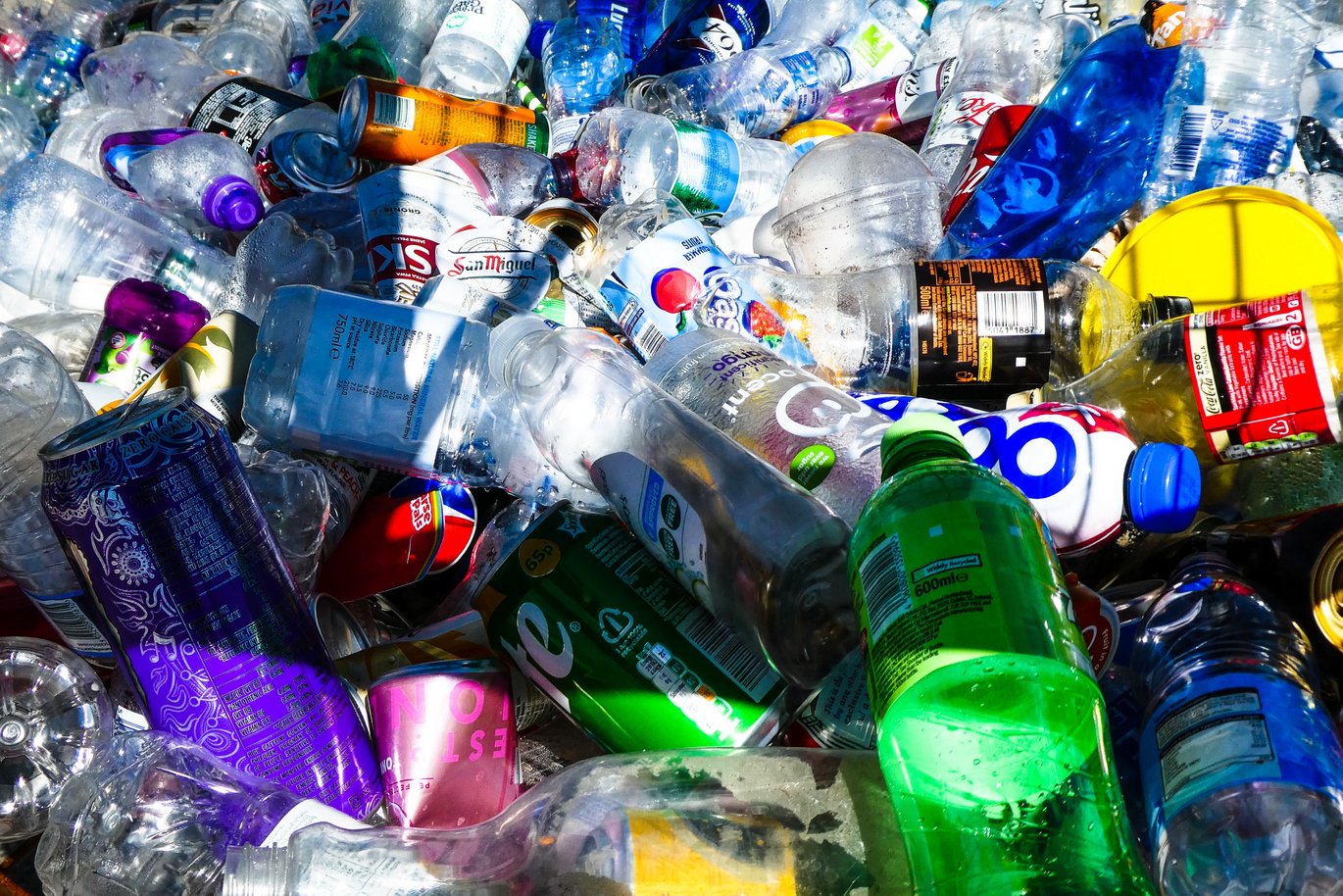Leading plastics scientists call for inclusion of all chemicals in global plastics treaty
From 28 November to 2 December, an intergovernmental negotiating committee (INC) summoned by the United Nations Environment Program (UNEP) will start negotiations on an international treaty to end plastic pollution. However, 13 leading plastics scientists point out that the final agreement will be ineffective in addressing the full suite of problems posed by plastics unless negotiators include all relevant chemical issues associated with plastics across the life-cycle.

Plastic pollution is a global health and environmental problem, with serious social and economic consequences. Without political intervention, the amount of plastic waste in the environment is expected to double by 2030 to around 53 million tonnes per year, according to the UNEP. UN member states have therefore agreed to open international negotiations with a view to drawing up a global plastics treaty that would regulate the production, use and disposal of plastics. The mandate was reached at a UN Environment Assembly meeting in Nairobi in March, 2022, where it was also decided that world leaders have until 2024 to reach an agreement that sets out legally binding terms and how the agreement will be financed.
As the INC convenes next week, especially to agree upon scientific and policy frameworks, these leading international researchers across disciplines point out the inconsistent and narrow framework of chemicals associated with plastics apparent in the official meeting documents and preliminary INC discussions. In a joint Letter published in Science on the eve of the meeting, the scientists emphasise the need for urgent course correction.
Tridibesh Dey, postdoctoral fellow at the Department of Global Studies, Aarhus University, is lead author of the Letter in Science. A systems engineer-turned-anthropologist researching plastics, society and the everyday politics of technology, Tridibesh explains:
“Plastic pollution is inseparable from the effects of associated chemicals. Most plastics manufactured today are complex chemical mixtures - chemical substances are added to impart properties to the material according to product demands and design specifications. These chemicals make plastics ‘plastic’. But additives are not the only chemicals. There are chemical residues, accumulations and a range of complex compounds involved along unplanned pathways as the material circulates, interacting within worldly environments.”
“...Chemicals can account for 60% of the plastics mass. There are more than 10,000 chemicals used in plastics, at least 2,400 of which are known to have harmful effects on health and environments, effects that cost billions of dollars of taxpayers´ money,” marine biologist Melanie Bergmann, another author, argues. Again, harmful effects are often difficult to regulate as “these chemicals - including endocrine disruptors, known to interfere with hormone production and action from humans and wildlife, can act at concentrations so low that they are difficult to measure,” co-author ecotoxicologist Susanne Brander confirms.
While plastic waste tends to focus policy attention on environmental pollution, such exposure is also common upstream, near the resource extraction and production stages. Environmental historian Rebecca Altman, another author, underlines the historical continuities in occupational and community hazards.
The complexity and toxicity of plastics and their attendant chemicals has only increased as plastics production has diversified and accelerated across the 20th century and into the 21st.” the chemicals associated with plastics endanger not only vulnerable workers or frontline communities, but also pose transgenerational health problems to the general public across the life-cycle.
Associated chemicals constitute the reason why band-aid solutions of waste management for a circular economy will be insufficient in addressing the plastic pollution problem. Alongside the sheer scale and pervasiveness of the plastics pollution problem, “lack of transparency concerning added chemicals prevents safe reuse or recycling of plastic materials,” says co-author Bethanie Carney Almroth, explaining the limits of a circular economic approach. “This is because with each round of recycling, new products recirculate complex new combinations of residual chemicals, exposing consumers, communities and waste handlers. Even with chemical recycling, pyrolysis, incineration, fuel and energy generation, enzymatic degradation and other tech-solutions, chemical mixtures are simply getting recombined and re-dispersed, in complex cocktails, utterly difficult to contain and control,” Tridibesh Dey explains. “It is therefore paramount that hazardous chemicals are substituted and phased out,” concurs Kristian Syberg.
It is imperative to ensure effective chemical regulation from production stages to product use, disposal and downstream remediation. Unless negotiators include the issue of chemicals comprehensively within the scope and core obligation of the treaty, plastics pollution will continue to burden human and environmental health.
Given its relevance to the Global Plastic Treaty negotiations and critical significance for public health, Science has made the Letter free to access until 9 December 2022.
Read the Science-article here: Global plastic treaty should address chemicals

More information
Tridibesh Dey, postdoc
Projekt: Plastics and the Antropocene
Institut for Kultur og Samfund
Afdeling for Globale Studier
Aarhus Universitet
Mail: tdey@cas.au.dk
Tlf.: +45 8715 9716
